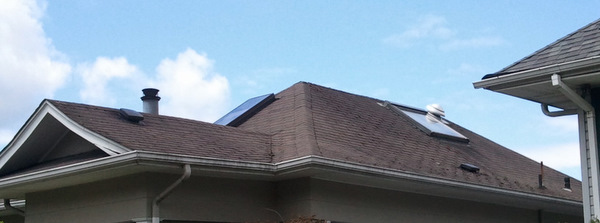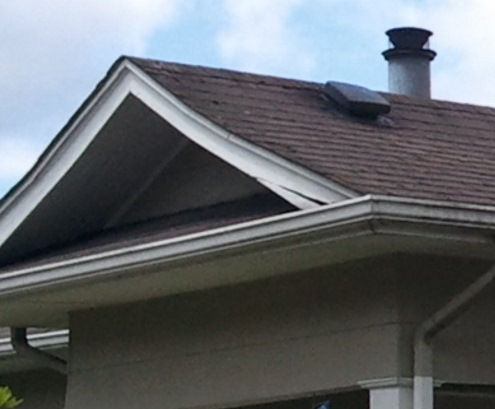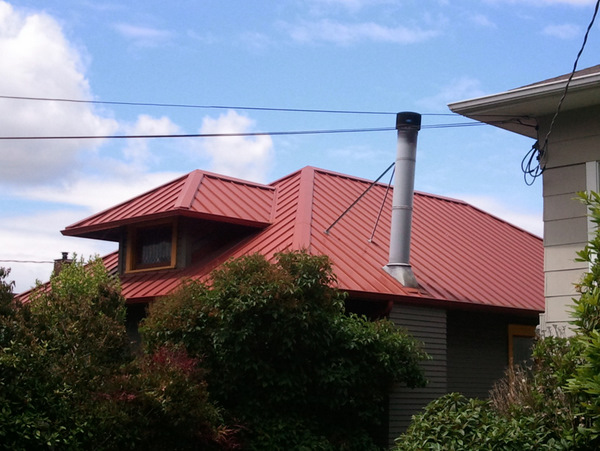Everyone has been asking why there are many more failed pending sales these days.
One of the answers is that historically, a portion of “high” commissions has often been spent to keep the sale together through closing.
Let’s use a $450,000 house as the example.
In today’s market conditions, the seller may have “wanted” $500,000 for his house, and is “forced” by market conditions to sell it for $450,000.
In today’s market conditions, the buyer is fearful of future loss of value, and may have agreed to paying $450,000…but the buyer really wanted to pay $400,000.
A sale #FAILs over small things when the contract is on the low side as far as the seller is concerned, and on the high side as far as the buyer is concerned. That describes almost every pending escrow these days., except for short sales and bank owned property.
SO…let’s say that the agent for the seller is going to charge 2% at a 1% discount…and the agent for the buyer is going to charge 2%…at a 1% discount. That frees up $8,000 to handle “stuff”. BUT if the commission is simply discounted from the getgo…well, it may be setting the transaction up to FAIL.
IF EACH AGENT held 1% (2% total) as a “reserve for negotiation disputes”
vs reducing the commission on day one…
less transactions would fail.
The seller and buyer would pay less to get SUCCESS
vs paying less to get FAILURE!
1) ALSO the seller is often OK with giving $3,000 for “this” but not for “that”…so holding a reserve removes the emotion from the equation.
2) ALSO sometimes the seller is OK with giving the buyer a credit for that repair…BUT the buyer’s lender will not allow the credit. So you need to do a bit of juggling, often involving commission dollars vs “seller credits”.
You have to be creative in a weak market…and often juggling commission dollars is what makes the difference between “sale FAIL” and “sale CLOSED”.
This post is in response to a request I got from an agent in my email:
Agent asked me this: “I am a relatively new Agent (less than 1 year) in (X) I was very interested in your input on Redfin regarding working with using a bit of the commission for payment of inspection repairs. Any chance you have a moment to give me specifics on how this is accomplished? Uncertain on how, and when, this would be setup? I still struggle a bit with staying exactly within the MLS formats.”
In response, in addition to the post, I will give a few recent examples.
1) I listed a home for $399,950. In this case I was going to charge a $10,000 flat fee for me and a 3% offering to the Agent for the Buyer. Instead I did a 6% contract, knowing I would not charge the seller more than $10,000.
Everything went fine…got an offer…went into escrow…we told the buyer 3 things that were broken. During inspection negotiations, oddly, the buyer asked for $1,300 for 5 things…but not for any of the things that were broken. The seller would want to argue the point of “for what??”.
By reserving $2,000 for inspection repairs there was NO dispute…The buyers got the $1,300 that they asked for and by agreeing to the buyer’s request…the seller got $700 change. Win-Win by using commission dollars vs letting the buyer and seller negotiate it to the point of “Sale Fail”.
2) I listed a much older house than the one above for $600,000. Same scenario. I was charging the seller a $10,000 flat fee…but stated that as 3% with $8,000 as a reserve from commission for repairs.
At time of inspection the buyer wanted the roots in the sewer drain fixed and $6,000+ for repairs, including the things we told the buyer were in need of repair. In a hot market…that repair was not needed or requested. In a WEAK market…there are more things “broken” to cause a #FAIL. Market conditions will change a “no problem” item into a $5,700 “fix”, as it did in this particular case.
The front porch of an old house leaning a bit in a hot market is a “no-nevermind” with multiple offers. In a WEAK market the buyer wants money to fix the slight tilt of the front porch. Same house…same problem…different markets = different inspection request.
Long story short…with no commission dollars to fix the problems…the sale would have failed. By reserving $8,000 toward repairs…the client was successful. IF I had listed it for a $10,000 flat fee…on day one…the sale would have failed.
So giving that discount up front would have caused the sale to fail.
3) The house I sold in about 20 days that was the subject of my “Why Agent’s Are Better than Lawyers” post. Sold at Full Price with Max Credits from seller to buyer. Lender would not allow any more seller credits. As I noted in the post, I charged $5,000 BUT what I don’t say in the post is I reserved the $2,500 in a 3% charge toward repairs.
At time of inspection, buyer wanted several things. Neither I NOR the seller could give a credit for them. The buyer’s lender would not allow the credit. At least one of the things was not needed at all…and pretty costly.
The sale would clearly have failed over that item without the reserve from commissions. No question about it.
By doing the repairs prior to closing and paying for the repairs from my commission at closing…the seller and buyer had a successful closing with all repairs DONE! Awesome result. Quick sale..everyone happy.
Moral of the Story?
Saving Money…and losing the “successful closing”
by discounting UP FRONT
vs when needed MOST…
may be a Lose-Lose for everyone.






 An alternate title for this post might be “The seller doesn’t ‘have to’…anything”.
An alternate title for this post might be “The seller doesn’t ‘have to’…anything”. I’m not spending a whole lot of time wondering where the market “is” over the past few weeks, because any 40 day period when I am juggling issues from 5 different home inspections, suggests the market is clearly “picking up”.
I’m not spending a whole lot of time wondering where the market “is” over the past few weeks, because any 40 day period when I am juggling issues from 5 different home inspections, suggests the market is clearly “picking up”.